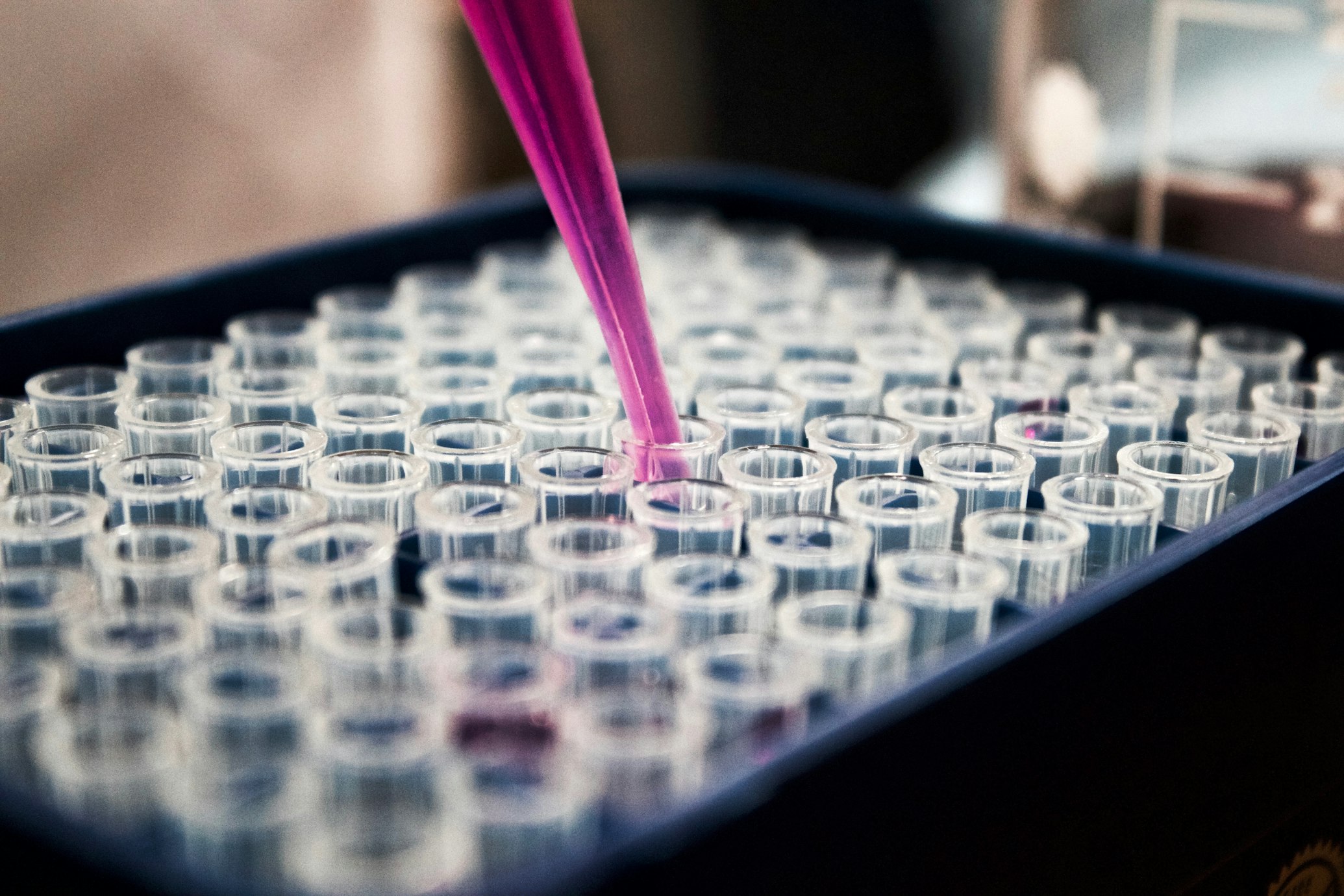The Invisible Architects
How Specially Designed Molecules and Metals Build Tomorrow's Medicines and Materials
Navigation
The Nano-Scaffold Revolution
Imagine a molecular-scale construction crew—one that assembles intricate architectures capable of diagnosing diseases, cleaning polluted water, or storing clean energy.

At the heart of this crew are anionic transition metal complexes, where organic molecules act as "tethers" to bind metals like copper, nickel, or gadolinium. One superstar in this field is the mouthful-named tetraaza protonated 2,15-dihydroxy-3,7,10,14-tetraazabicyclo[14.3.1]icosane-1(20),2,7,9,14,16,18-heptaene (let's call it Tetraaza-H for short)1 3 .
This protonated macrocycle isn't just a chemical curiosity—it's a dynamic framework for creating anionic (negatively charged) complexes with metals, leading to breakthroughs in medicine, catalysis, and nanotechnology4 5 .
Key Concepts: Why This Chemistry Matters
The Ligand: A Molecular "Claw"
Tetraaza-H belongs to the Schiff base family, formed when aldehydes react with amines5 . Its structure resembles a bicycle with multiple "gripping sites" (N and O atoms) that latch onto metal ions. When protonated (H⁺ added), it gains positive charges, enabling it to form anionic complexes like [Cu(Tetraaza-H)Cl₂]⁻1 3 .
Why Transition Metals?
Metals like Cu(II), Ni(II), and Co(II) are chosen for their:
- Variable oxidation states: Enabling redox reactions (e.g., in catalysis).
- Magnetic/optical properties: Useful in MRI contrast agents (e.g., Gd³⁺ complexes)6 .
- Biological mimicry: Replicating metal sites in enzymes.
Recent Discoveries
Antimicrobial Power
Zn(II) and Cu(II) complexes of similar Schiff bases show 8 μg/mL activity against drug-resistant bacteria—outperforming antibiotics.
Molecular Machines
Tetraimine macrocycles (like Tetraaza-H relatives) act as switches in nanodevices when paired with metals4 .
MRI Contrast Enhancement
Gd³⁺ macrocyclic complexes offer superior safety due to kinetic inertness6 .
Spotlight Experiment: Synthesizing & Testing a Copper Complex
Step-by-Step Methodology
Results & Analysis
- Yield: 72% deep green crystals.
- Antioxidant Activity: 90.4% DPPH radical scavenging at 100 μM (vs. 42% for ligand alone).
- Structure: Square-pyramidal geometry confirmed by X-ray crystallography (data from analogous complexes)7 .

| Parameter | Value | Significance |
|---|---|---|
| Yield | 72% | Efficient synthesis |
| IR Shift (C=N) | 1617 → 1560 cm⁻¹ | Confirmed metal-imine bonding |
| UV-Vis λ_max | 650 nm | Validated Cu(II) geometry |
| DPPH Scavenging | 90.4% | Superior antioxidant vs. ligand |
Characterization: The Molecular "Fingerprint"
To confirm structures, researchers deploy a suite of tools:
FT-IR
Tracks bonding via shifts in C=O, C=N, and M–O/N peaks1 .
EPR
Reveals geometry (e.g., axial symmetry for Cu²⁺).
X-ray Crystallography
Exposes 3D atomic arrangement (e.g., layered structures in Ni(II) salts)7 .
Molar Conductivity
Confirms anionic nature (e.g., 1:1 electrolytes).
| Complex | MIC (μg/mL) | Target Pathogens |
|---|---|---|
| [ZnL₂(NO₃)]NO₃ | 8 (Gram + bacteria) | S. aureus, B. subtilis |
| [CuL₂(NO₃)]NO₃ | 16 (Fungi) | C. albicans |
| Ligand (L) | >64 | All tested strains |
Data adapted from analogous Schiff base complexes
Applications: From Hospitals to Industry
Medical Frontiers
- MRI Contrast Agents: Gd³⁺ analogs of Tetraaza complexes show high kinetic stability, reducing toxicity risks in patients with kidney disease6 .
- Antimicrobials: Zn(II) complexes combat resistant Staphylococcus (MIC = 8 μg/mL).
- Antioxidants: Scavenge free radicals linked to cancer/aging (90%+ efficiency).
Catalysis & Environment
- Azobenzene Synthesis: Ni(II) complexes convert aniline to azobenzene (dye precursor) with 91% selectivity.
- Pollutant Degradation: Mn(III)-Schiff base complexes oxidize phenols in wastewater5 .
Molecular Devices
Tetraimine macrocycles (e.g., Jäger-type) form catenanes (interlocked rings) that act as electrochemically driven switches for nanomachines4 .
| Complex | Aniline Conversion | Azobenzene Selectivity |
|---|---|---|
| Ni(II) analogue | 91% | 100% |
| Co(II) analogue | 84% | 100% |
| Cu(II) analogue | 76% | 100% |
Data from similar Schiff base complexes
The Scientist's Toolkit: Essential Reagents & Techniques
| Reagent/Technique | Function | Example in Action |
|---|---|---|
| Diethylenetriamine | Scaffold for macrocycle synthesis | Forms Tetraaza backbone3 |
| Salicylaldehyde | Electrophile for Schiff base formation | Adds phenolic "arms" |
| GdCl₃ | MRI contrast agent precursor | Enhances water proton relaxation6 |
| DPPH Radical | Antioxidant activity probe | Measures free radical scavenging |
| EPR Spectroscopy | Determines metal ion geometry & spin state | Confirms Cu²⁺ in square-planar site |
Conclusion: The Future Built Atom by Atom
The synergy of tetraaza macrocycles and transition metals is more than lab curiosity—it's a pipeline to real-world innovation. As researchers tweak ligand designs (e.g., adding fluorinated groups for enhanced bioactivity), applications explode:
- Safer MRI agents: Next-gen Gd³⁺ macrocycles with ultra-slow dissociation6 .
- Smart catalysts: Metal-complexed nanoreactors for green chemistry4 .
- Bionic enzymes: Synthetic analogues of superoxide dismutase (using Cu/Zn complexes)5 .
The mechanical bond in catenanes offers a new language for molecular motion4 —a language where Tetraaza complexes and their kin are the verbs. The revolution isn't coming; it's already being synthesized, one flask at a time.
For further reading, explore the open-access studies in the Journal of Chemical Sciences or ACS Biomaterials Science & Engineering.